An Effective Anti-Mitotic Treatment
In order to understand treatment with TTFields, one must first be familiar with electric fields and how they can be utilized for medical applications. All fields exert forces on specific objects that are spatially located inside the field. For example, gravitational fields exert forces on masses, and magnetic fields exert forces on iron. Similarly, electric fields exert forces on polarized molecules and can be used across multiple medical applications at specific frequencies. Low frequency or pulsed electric fields can depolarize cell membranes, as seen in artificial pacemakers, while high frequency electric fields can generate heat, as seen in radiofrequency ablation. Intermediate frequency electric fields, long thought to have no significant biological effect, have now been shown to inhibit the growth rate of a variety of cancer cell lines and cause cancer cell death.
TTFields use low-intensity, alternating electric fields tuned to specific frequencies to disrupt the highly choreographed mitotic process essential to tumor growth. While many intracellular molecules are slightly polarized or neutral, some are highly polarized and strongly affected by intermediate-frequency, alternating electric fields. For example, tubulin is a highly polarized molecule that must orient spatially to form the mitotic spindle, which segregates chromosomes into two daughter cells during mitosis. In the presence of electric fields, tubulin aligns with the direction of the electric field, causing disruption of mitotic spindle formation and eventual cell death. Septin is another highly polarized molecule that must orient spatially to form the contractile ring needed to split daughter cells during mitosis. In the presence of electric fields, septin aligns with the direction of the electric field, leading to improper localization of the contractile ring. This process causes membrane blebbing and eventual cell death.
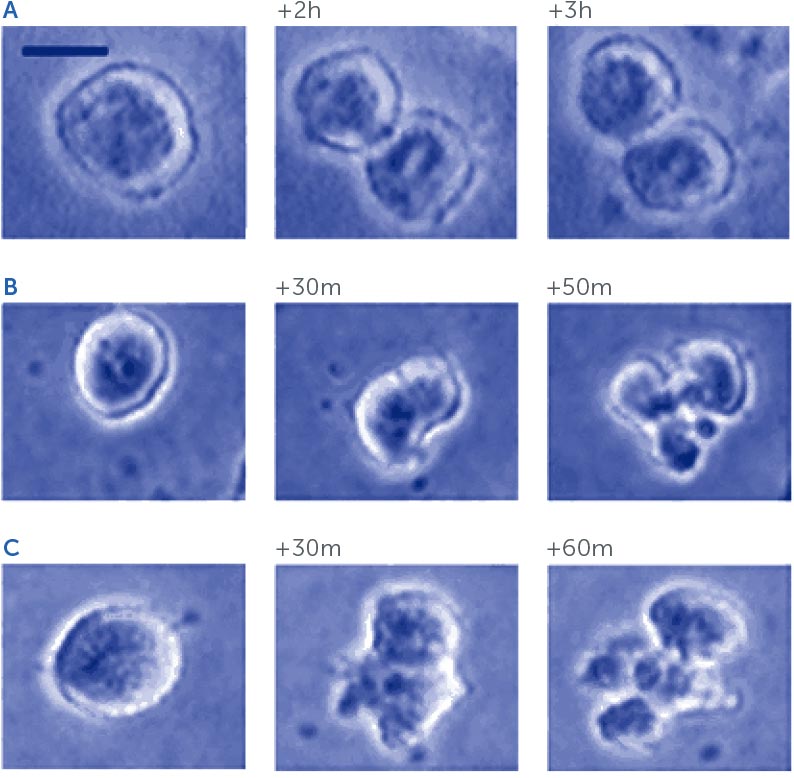
LOW INTENSITY ALTERNATING ELECTRIC FIELDS AND THEIR EFFECT ON MITOSIS
Alternating electric fields affect tumor cells by arresting mitosis, slowing TTFields-treated cell division time from less than one hour to more than three hours (a). Some cells in the field may also disintegrate in the later stages of cell division (b,c).
Credit: Physics Today, adapted from Kirson et al. Cancer Res. 64, 3288, 2004
TTFields impact metaphase
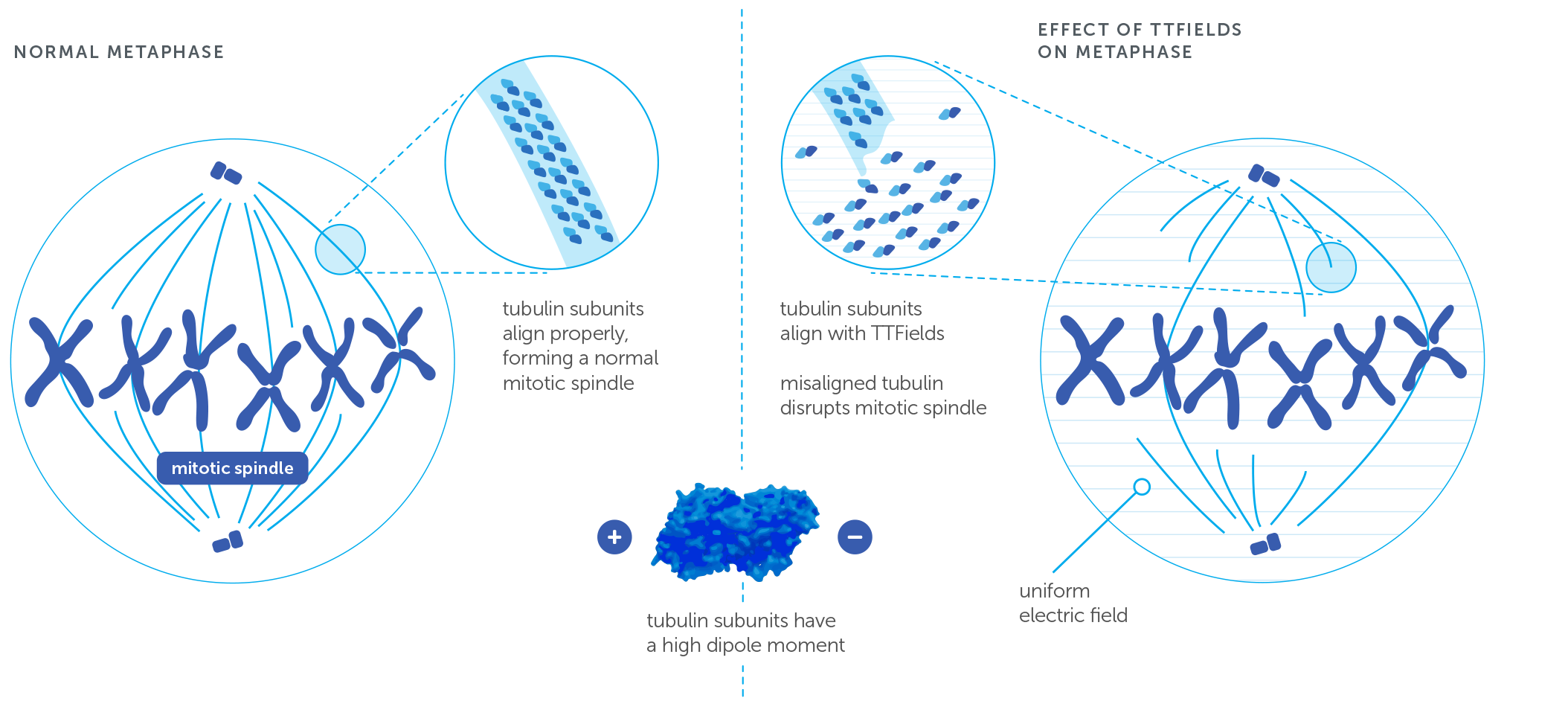
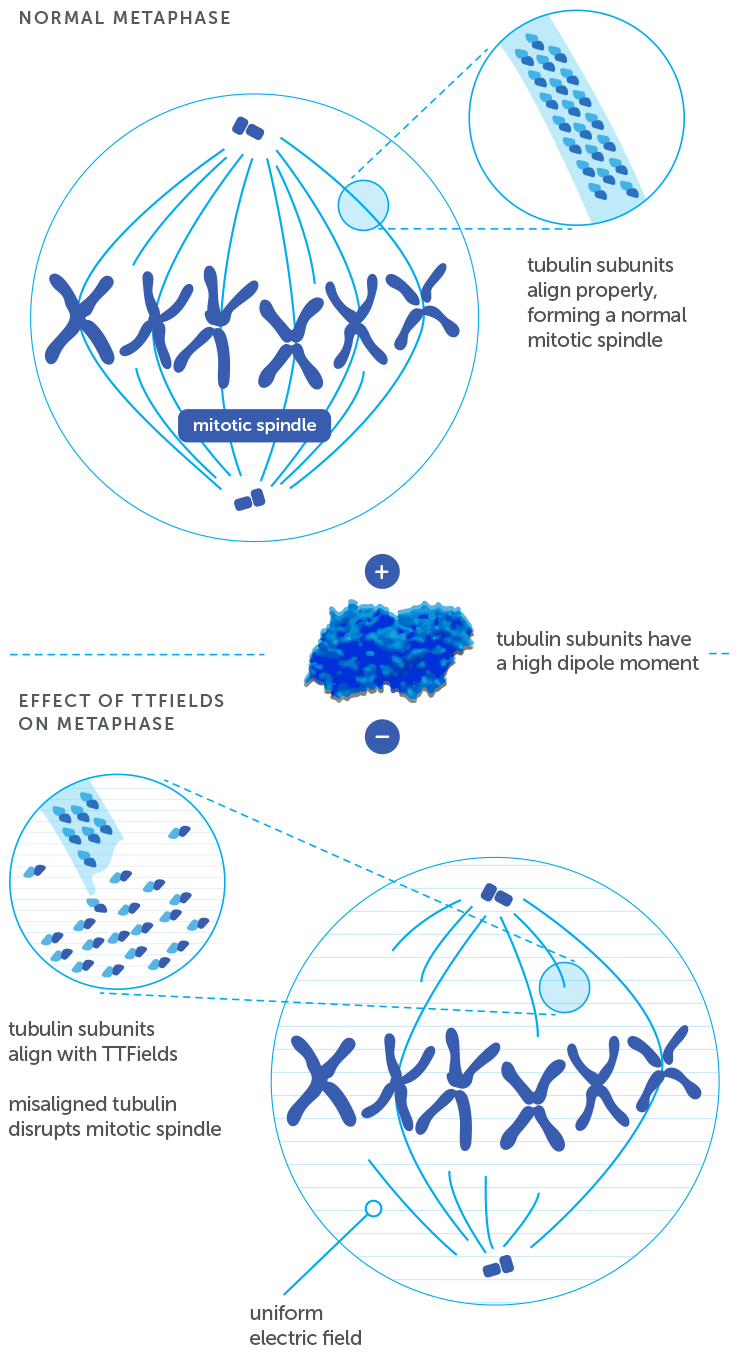
TTFields impact telophase
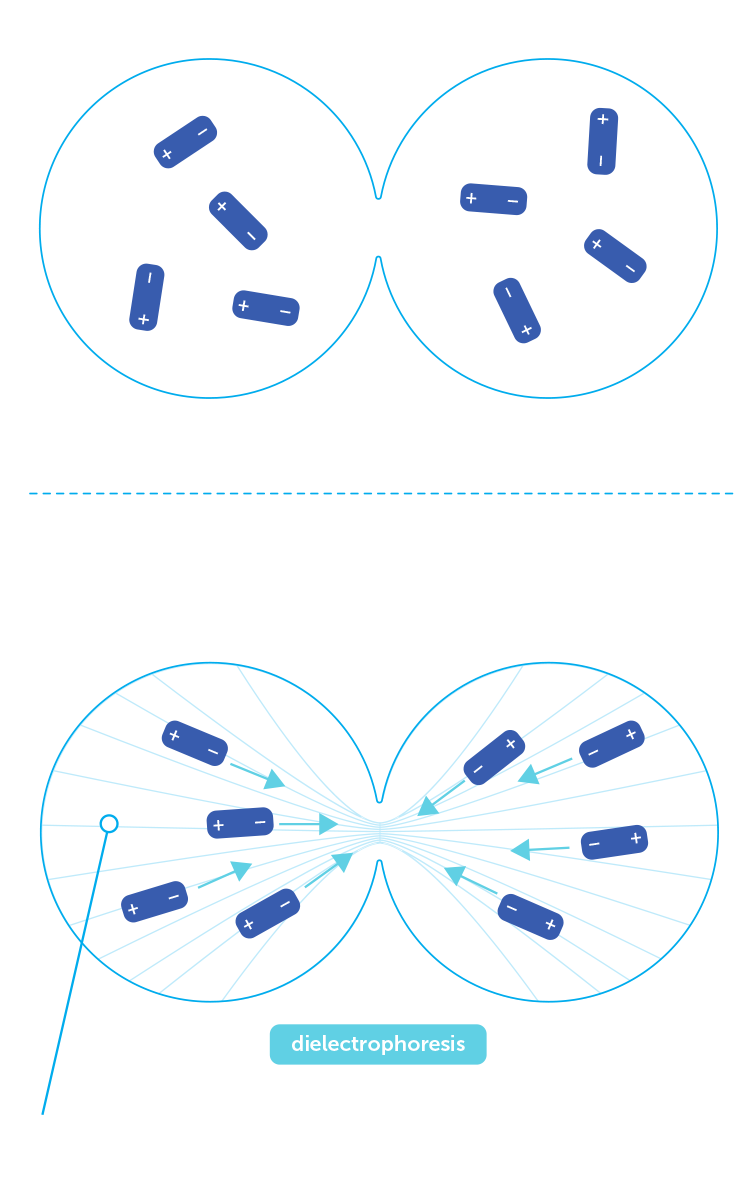
application of therapy
Novocure’s profoundly different approach to cancer treatment utilizes low-intensity, alternating electric fields tuned to a specific frequency with the goal of disrupting cancer cell division and tumor growth. To apply these electric fields to the body, two sets of transducer arrays are placed front to back and side to side to surround the region of treatment. The arrays are connected to an electric field generator, and the direction of the electric field oscillates rapidly between each set of arrays. The electric field penetrates the entire volume of tissue between the arrays and, at the right frequency, into the cells inside the field.
The cell membrane serves as an effective filter for electric fields unless tuned to a specific frequency, with the frequency required to penetrate the membrane principally linked to cell size. Cancer cells tend to be smaller than normal healthy cells and, as a result, the frequency of the electric field can be tuned to the specific size of the targeted tumor cell.
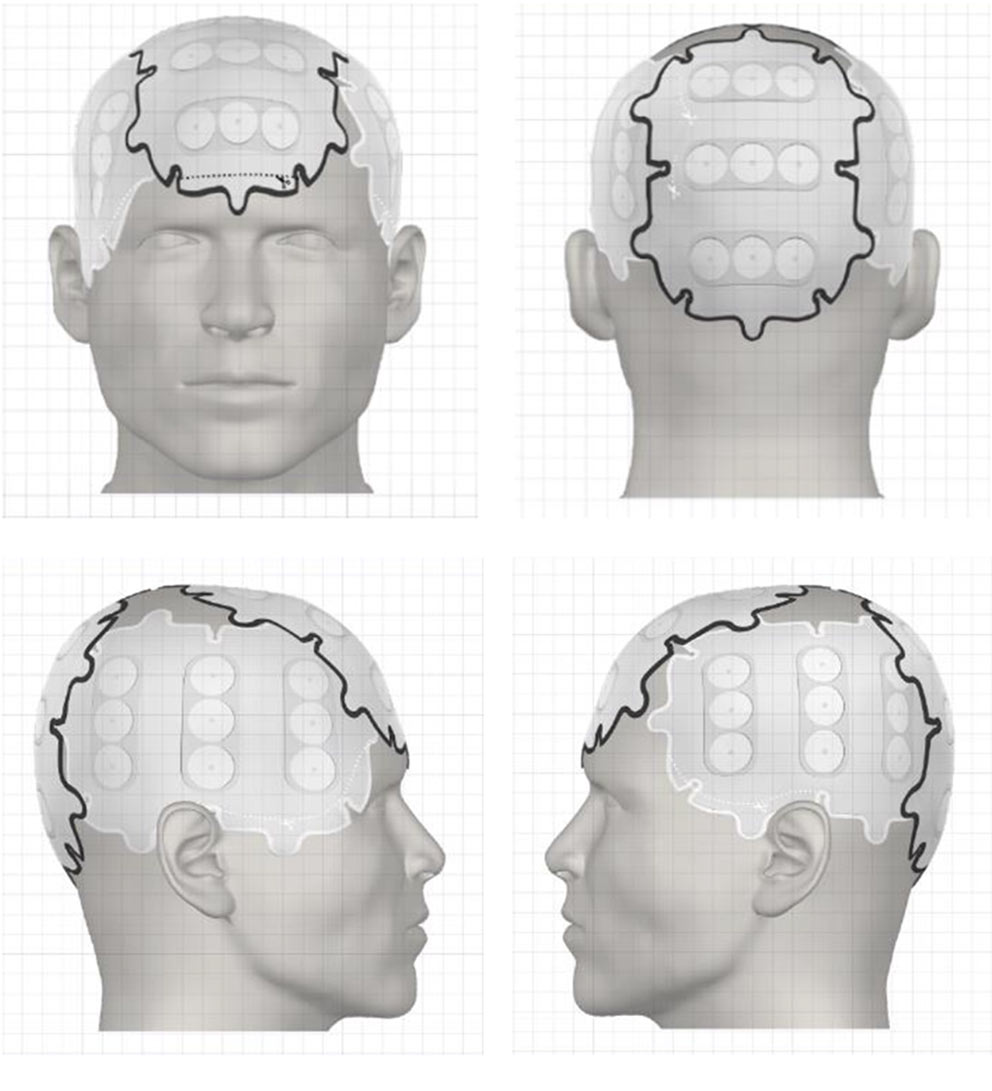
Electrode placement is optimized for each patient
The distribution of the field depends on the exact layout of the transducer arrays and the passive electrical properties, mainly resistance, of the different tissues between them. Array placement is optimized for each patient using proprietary software called NovoTALtm, based on morphometric measurements of the patient’s anatomy according to a recent MRI scan and the location of the tumor.
Q&A
Ze’ev Bomzon
Director of Science
Physicist Ze’ev Bomzon and his team of researchers aim to optimize the delivery of alternating electric fields to solid tumor cancers and further the understanding of the mechanism of action.

What type of research do you conduct?
We do a lot of physics research. Our main focus has been on optimizing the delivery of TTFields. We do a lot of simulation, numerical work and experimental work as well, such as measuring TTFields in various situations. We also continue our research into the mechanism of action of TTFields. That includes a lot of work with our preclinical teams and looking at things such as electric properties of cells, which are relevant to enhancing our understanding of how TTFields penetrate into the cells.
What are some of the challenges of working with a profoundly different technology?
Although Novocure has been researching TTFields for more than 15 years, that’s not a long time in the grand scheme of things. We continue to deepen our understanding of the mechanism of action of TTFields. Because our therapy is so different, it has taken time for the broader scientific community to begin researching TTFields. However, a number of institutions have started to study TTFields in the last several years.
Additional research, whether done internally or externally, will help inform our therapy and could result in better outcomes for patients.
Our technology bridges physics with biology, and we have to communicate information to people with various scientific backgrounds. The way physicists describe the world is very different from the way biologists describe the world. For many people, the concept of an electric field is abstract. You can’t see it. It’s not intuitive to people what
the electric field is and what it does, so you have to explain that and you can’t do it with equations. It’s not easy for everyone to comprehend the physics and theory behind it.
What do you like about science?
I like the sense of discovery. I like that science involves exploring new territory and doing new things. Within the scientific community, you’re always working with this huge global community of scientists. That’s an aspect I love.
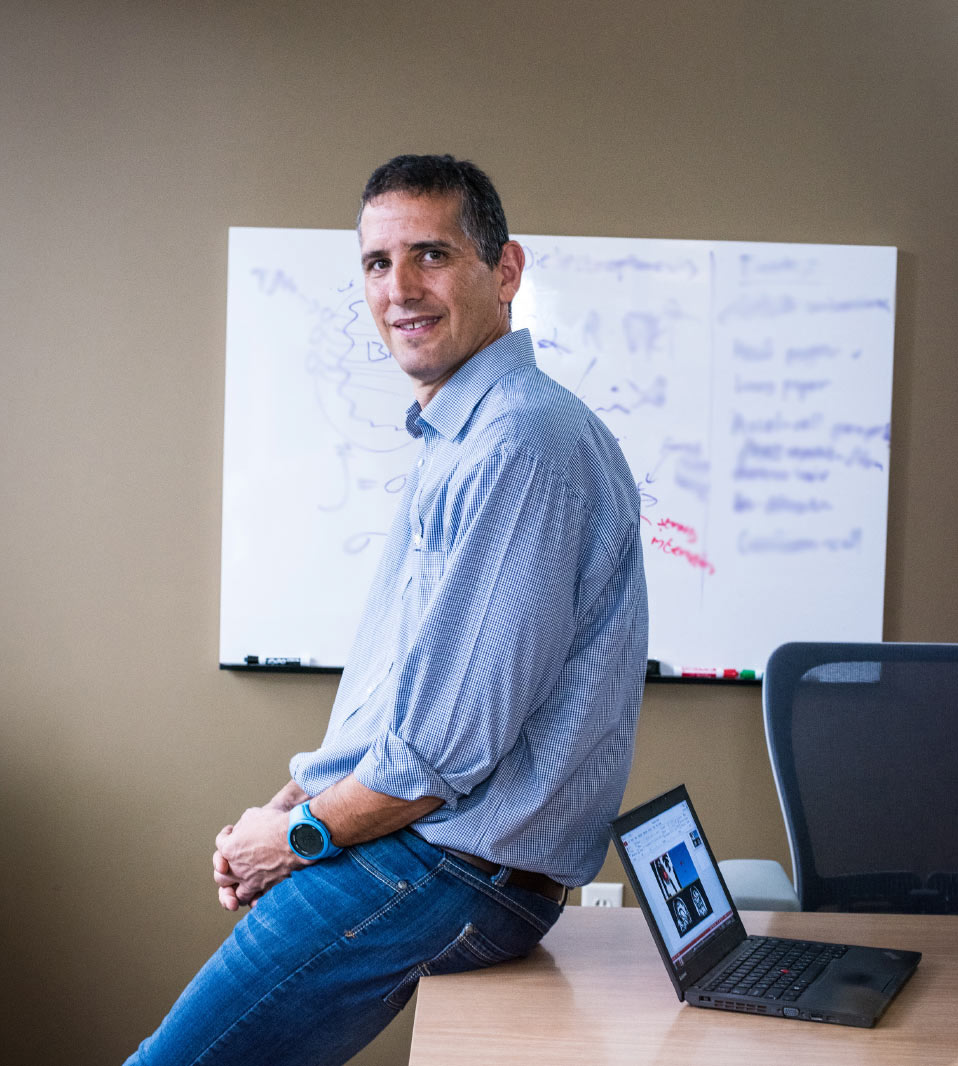
Deepening our understanding of the mechanism
Novocure’s Director of Science Ze’ev Bomzon joined the company in April 2014. He uses his background in physics and cell mechanics to lead a team of researchers at Novocure’s facility in Israel.
Effectively communicating Novocure’s science
Director of Science Ze’ev Bomzon recognizes the necessity of effectively explaining Novocure’s technology – which bridges physics and biology – to researchers of various scientific backgrounds. “We’re always developing new tools to educate people.”